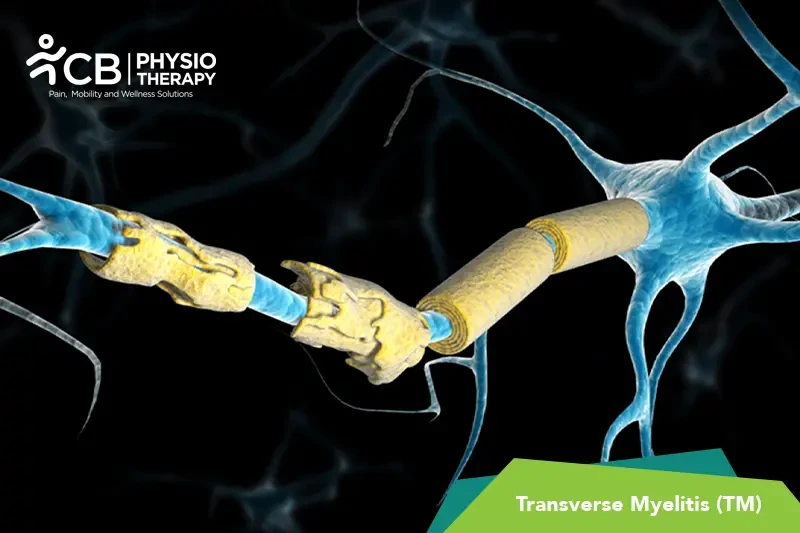Thermotherapy:Heat therapy is used to increase blood circulation and manage pain associated with transverse myelitis.
Transcutaneous Electrical Nerve Stimulation (TENS):TENS involves the use of low-voltage electrical currents to provide pain relief. It may be used to help manage pain associated with transverse myelitis.
Functional Electrical Stimulation (FES):FES involves the application of electrical stimulation to muscles to produce controlled contractions. This can be beneficial for individuals with muscle weakness or paralysis. FES may be used to improve muscle strength, enhance circulation, and prevent muscle atrophy.
Neuromuscular Electrical Stimulation (NMES):NMES is a form of electrical stimulation used to activate muscles and improve muscle strength. It is often applied to specific muscle groups to facilitate muscle contractions and prevent muscle wasting.
Electrical Muscle Stimulation (EMS):EMS involves the use of electrical impulses to cause muscle contractions. It can be used to strengthen muscles, improve circulation, and prevent muscle atrophy.
Interferential Current (IFC):IFC is a form of electrical stimulation that uses two intersecting medium-frequency currents to target deeper tissues. It may be used for pain relief and to promote circulation.
Ultrasound therapy:While not strictly an electrical modality, ultrasound therapy uses sound waves to generate heat and promote tissue healing. It can be used for pain management and to address soft tissue issues.
Biofeedback:Biofeedback involves the use of electronic monitoring to provide real-time information about physiological processes, such as muscle activity or skin temperature. This information can help individuals learn to control and improve these processes.
Range of Motion Exercises:Gentle range of motion exercises help maintain joint flexibility and prevent contractures. These exercises are important, especially for individuals with muscle weakness or paralysis.
Strengthening Exercises:Targeted strengthening exercises focus on the muscles affected by transverse myelitis. This may involve resistance training and functional exercisesto activate muscles.
Balance and Coordination Training:Exercises that challenge balance and coordination are important for improving stability and preventing falls. This can include activities such as standing on one leg, walking on different surfaces, and incorporating balance exercises into daily activities.
Gait Training:Gait training is a critical aspect of rehabilitation for those with mobility issues. Physiotherapists work on improving walking patterns, and balance during walking, and may use assistive devices as needed, such as canes or walkers.
Functional Activities Training:Therapists focus on improving the individual's ability to perform daily activities, such as getting in and out of bed, dressing, and bathing. This includes adaptive techniques and equipment as necessary.
Cardiovascular Conditioning:Aerobic exercises, adapted to the individual's abilities, can help improve cardiovascular fitness. This may include activities such as stationary cycling or arm ergometry.
Breathing Exercises:For individuals with respiratory involvement, breathing exercises may be incorporated to maintain or improve lung function.
Adaptive Equipment and Assistive Devices:Physiotherapists may recommend and train individuals to use adaptive equipment and assistive devices to enhance independence and safety in daily activities.
